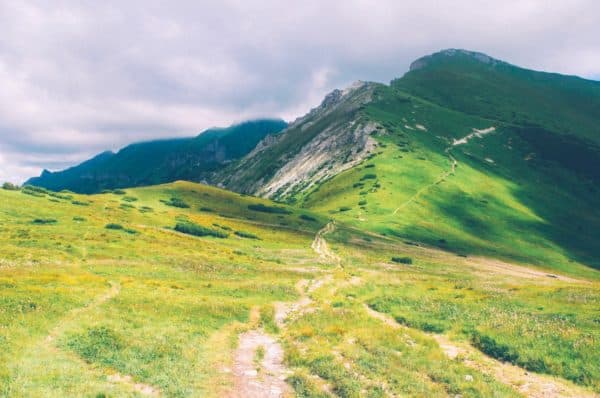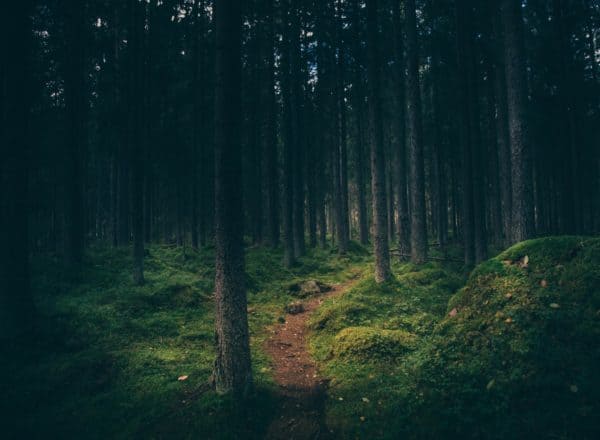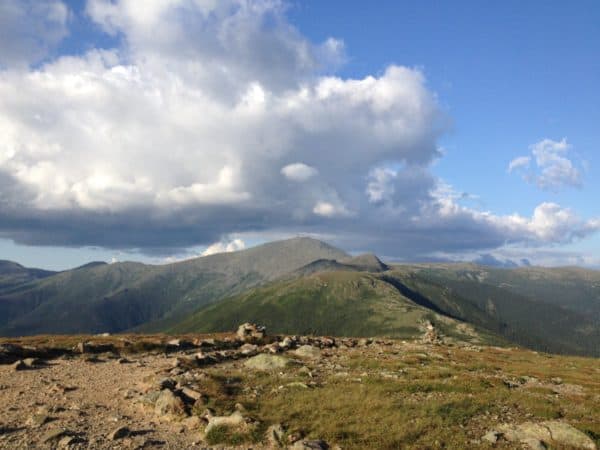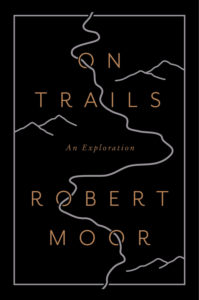Five Things Trail-Builders Can Teach Us About Sustainability

Photo by Aleksandra Boguslawska
One morning a few years ago, I found myself crawling on my hands and knees through branches and brambles on a hillside outside of Brevard, North Carolina. I had enrolled in a class called “Secrets of a Master Trail Builder,” which was offered through the Sustainable Trails Conference in Asheville, NC. There were twelve of us students. Hunched over like minions, we tried to keep up with our master, Todd Branham, as he weaved through the snarl of woods. I tripped twice, and the knees of my pants were instantly soaked through with cold, early spring thaw. Branches flicked me in the face and grabbed at my shirt. “It’s a little tougher when you don’t have a trail to go on, huh?” laughed Branham. “See, now you’re starting to get an appreciation for what it is we do.”
Most hikers give little thought to the trails beneath their boots. But in the seven years it took me to write my book, On Trails: An Exploration, I spent a lot of time talking with trail-builders like Branham, and in the process I learned that trail-building is a surprisingly philosophical enterprise. Here are five lessons trail builders can teach us about creating things that last and harnessing the flow of human desire to responsible ends.
1. Things evolve to the suit the desire of their users
The first thing a trail-builder learns is that it is almost impossible to force hikers to follow a trail. Most people want to reach their destination as quickly as possible, so if hikers can spot a shortcut, they will often take it. They will also—I learned, to my surprise—stomp down bushes, cut holes in fences, and uproot “Do Not Enter” signs. Human desire, which is largely instinctual, flows through almost any obstacle, like a steady trickle of water carving a canyon. Our trails evolve to reflect that desire: hurried people make straighter trails, whereas people out for a leisurely walk make curvier ones.

Photo by Geran de Klerk
2. But people’s (individual) desires are not always (collectively) wise
In some sense, there’s no need for trail-builders. After all, people make trails just by virtue of walking. The problem is that those trails are not designed to resist erosion, so over time they widen, deepen, and dump debris into nearby water sources. By building sustainable trails, trail-builders allow many people to visit the same wild place without destroying it. The job of a trail-builder, in other words, is to convince people to do what they should do rather than what their most basic instincts tell them to do.
3. It’s better to work with desire than against it
Sometimes, to keep hikers on the trail, Branham and other trail-builders will resort to authoritarian means; one trick is to border the trail with piles of brush or jagged rocks, called “gargoyles.” But if the trail is well-designed, Branham told me, “I won’t have to do that, because people will want to stay on the trail. They’ll be having so much dang fun they won’t want to get off the trail.” For example, if people can hear a waterfall but don’t have a trail leading to it, he said, they will just create their own crude trail. Instead, a smart trail-builder will aim to find the most sustainable route to that waterfall in advance and then guide hikers there. That way, the trail can both preserve the integrity of the land and fulfill the hikers’ desires.

Photo by Kelly Snavely
4. Try every angle
When Branham is charting out a new trail, Branham begins by walking the proposed route of the trail, feeling out the angle of ascent and the quality of the soil. As he did this, he tried to envision which trees would need to be cut down. He compared this process to playing chess. “You gotta always be thinking seven moves ahead. You’re looking at these trees, and you’re thinking, these will be gone. These will be gone. I can weave around this one . . .” It struck me that this kind of trail-building was unlike anything else in the animal kingdom: Instead of sketching out a rough line, which would be improved by subsequent walkers—as almost all animals, from ants to elephants, do—modern trail-builders attempt to find the sleekest route in advance—so that sub- sequent walkers will never have a reason to diverge from it. In this sense, sustainable design is a prophetic venture: you must predict where human desire will want to flow. And you can only do that by testing out every possible approach.
 5. A good trail lasts forever
5. A good trail lasts forever
A trail can be built through the will of one person, but if it isn’t useful to many people, it won’t last long; soon it will become overgrown with vegetation and fade from sight. The next day, over a couple of micro-brewed beers at a local bicycle shop-cum-bar called The Hub, he leaned in close and asked me if I wanted to hear something deep. I nodded. “Okay,” he said. “So, down here in the south, we got a looong memory, right? Like you drive down the highway and you see those signs that say ‘This battle in the Civil War was fought here,’ or ‘This General died here.’ Well, when you’re building a sustainable trail, it’s the same way. If it’s a trail that people want to walk on, that thing is going to be there forever man. I mean, like forever. Not everyone can say they gave something back to nature, to people, to kids, for the rest of their lives. Now that’s some deep stuff, right there.”
Written by Robert Moor, author of On Trails: An Exploration
